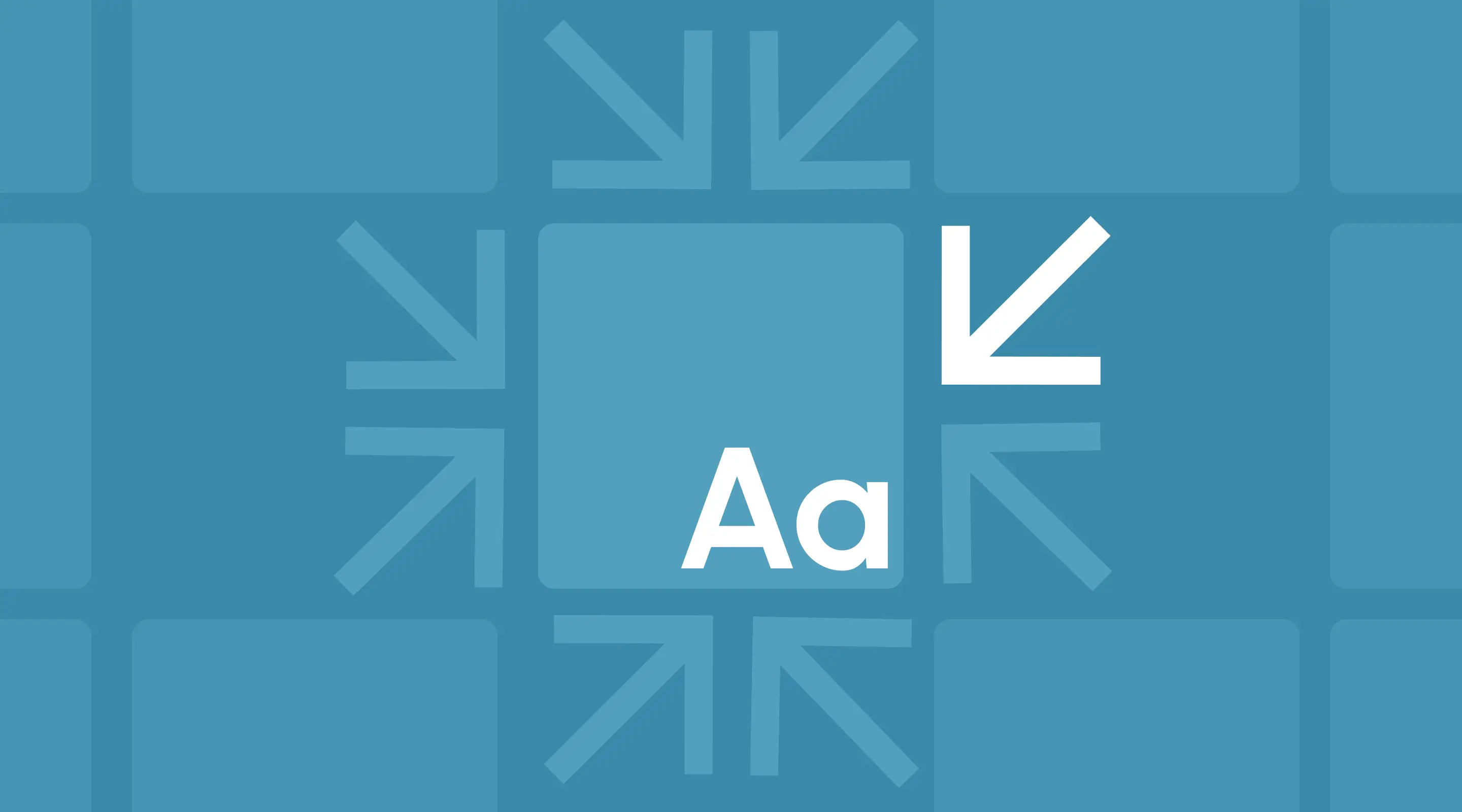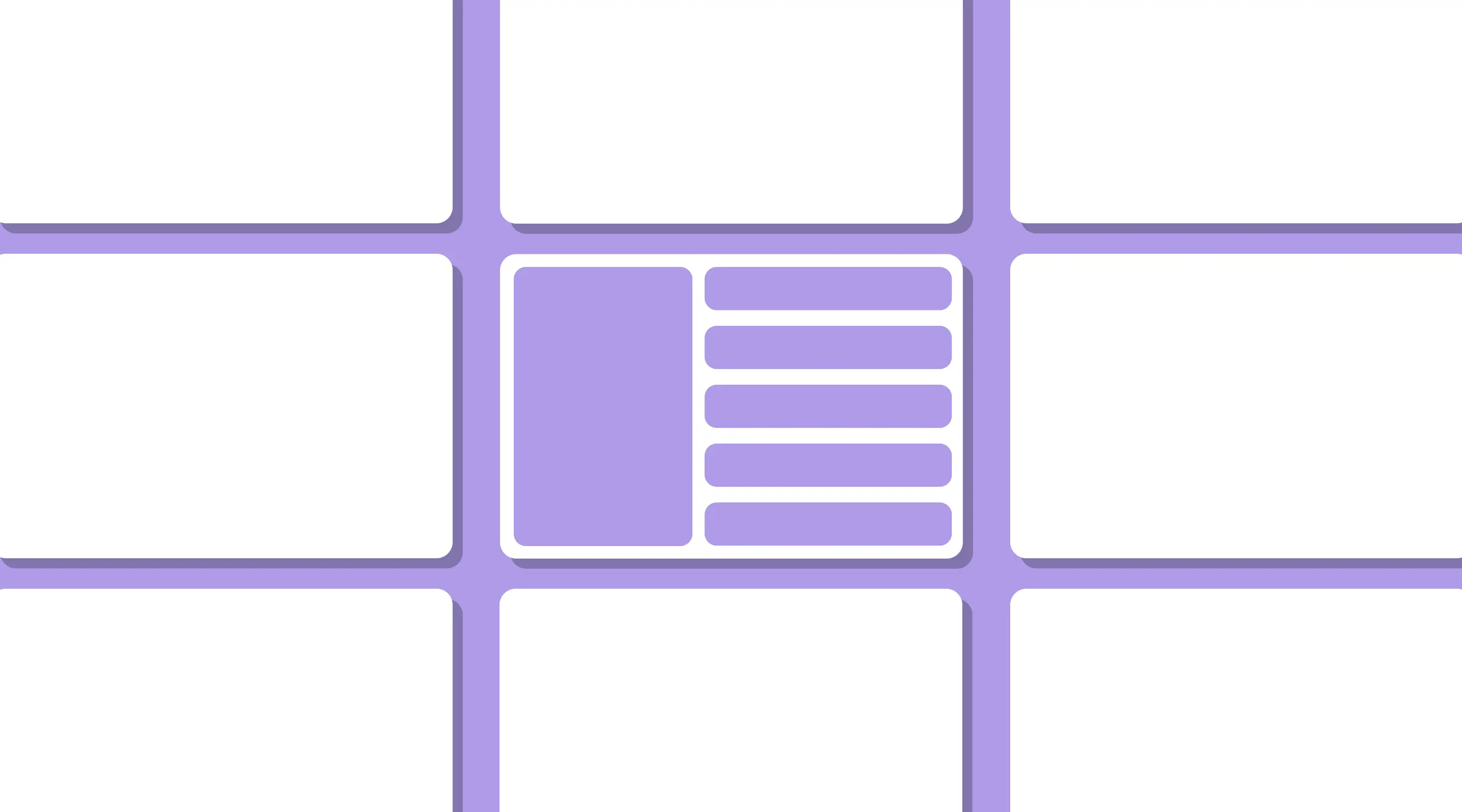How to Land Your First Web Design Clients (Without Overthinking It)
.png)
Table of contents
Breaking into the world of web design can feel daunting, especially when you’re just starting out. You’re staring at your screen, fiddling with Figma or Webflow, wondering how you’ll ever land your first client. But here’s the truth: getting your first web design client isn’t as complicated as you think. It’s about taking consistent, small actions — not chasing perfection.
This guide is for aspiring web designers who are ready to stop overthinking and start doing. Let’s walk through realistic, achievable strategies that you can implement today.
Why Landing Your First Client Feels So Hard
The Fear of Not Being "Ready"
Many new designers feel they need a polished portfolio, certifications, or years of experience before charging clients. The reality? Most small businesses don't care about fancy credentials — they want someone who can solve their problem.
Comparing Yourself to Established Designers
Scrolling through Dribbble or Behance can be overwhelming. But remember, those designers also had a first client. Start where you are.
Start by Creating Work You’d Want to Be Paid For
Design for an Imaginary Client
If you don't have client work, invent a project. Create a mock website for a café, a personal trainer, or a local event. Make it look as real as possible.
Build Your Portfolio with Fake Work
This isn’t cheating. It's showing what you're capable of. Present the project with context: the client goals, your design decisions, and the results you'd aim for.
Check out how we approach client design on our blog
Start Small with Affordable Projects
Help a Friend or a Small Business
Offer to build a simple website for someone you know. The catch? Get a testimonial in return. You’re not working for free — you’re gaining credibility.
Use It as a Testimonial Opportunity
Positive feedback from even one client builds social proof. Share those results. Highlight how your design helped improve their online presence.
Bonus: Use Webflow to showcase your designs easily and professionally.
Go Local Before You Go Global
Ask Around Your Community
Talk to people in your community. Clubs, or family businesses may need web help but don’t know where to start.
Visit Small Shops with Poor Websites
If you come across a website that looks like it was made in 2005, reach out. Be polite. Offer value. Here’s a simple message you can use:
"Hey! I came across your website and noticed a few things that could improve loading speed and mobile usability. I’m a web designer building my portfolio and would love to offer a redesign for a small fee. In return, all I ask for is a testimonial."
Keep It Simple — The Website Doesn’t Have to Be Perfect
Action Over Perfection
Done is better than perfect. If you wait to create the perfect design, you’ll never launch. Your goal is to start building experience.
Build a Minimum Viable Website
Don’t go overboard with animations, CMS, or complex integrations. A clean 3–5 page site with clear copy and responsive design is more than enough.
Read our guide on high-converting landing pages
Final Tips Before You Land Your First Paying Client
- Keep improving your skills on the side with Figma or Webflow challenges
- Document your process; write blog posts or social media content
- Share your work publicly, even if it's unpaid or experimental
- Stay humble but confident. Enthusiasm and communication matter more than experience
FAQ: First-Time Web Design Clients
Q: Should I work for free to get my first web design client?
A: Yes, but only in exchange for testimonials or case studies that you can use for future client acquisition.
Q: How do I approach someone who has a bad website?
A: Be kind, specific, and offer help rather than criticism. Show what’s possible.
Q: Can I find freelance web design clients in Singapore without online platforms?
A: Definitely. Leverage your existing network, community, and even physical neighbourhoods to offer web design help.
Q: What platform should I use to build beginner websites?
A: We recommend Webflow for its flexibility and professional output without code.
Q: How do I build a portfolio with no real clients?
A: Create mock projects, redesign existing sites, or contribute to small community efforts. Package them professionally with context.
Conclusion: You’re Closer Than You Think
You don’t need to wait until everything’s perfect. Your first web design client is just a conversation or DM away. Start small, offer value, and let momentum carry you forward. Consistency matters more than credentials
Remember: The best way to build confidence is by taking action.
Want help getting started? Check out our blog resources or reach out to our team for a mentorship chat.
{{build-better-experience="/directory"}}
Related Articles

Webflow: Collaboration Allows You To Create Better Websites Faster
Discover how ALF Design Group uses Webflow to empower marketing teams to build pages faster, maintain design standards, and enhance team collaboration.

Why UX Design Matters for Singapore’s Finance and Investment Companies
Learn how user experience design helps investment and banking platforms in Singapore attract and retain customers.

The State of Web Design in Singapore 2024
Let's look into some of the highlights on the state of web design in Singapore for the year of 2024.
Launch Your Next Website.
Ready to elevate your online presence with a trusted web design agency in Singapore?


